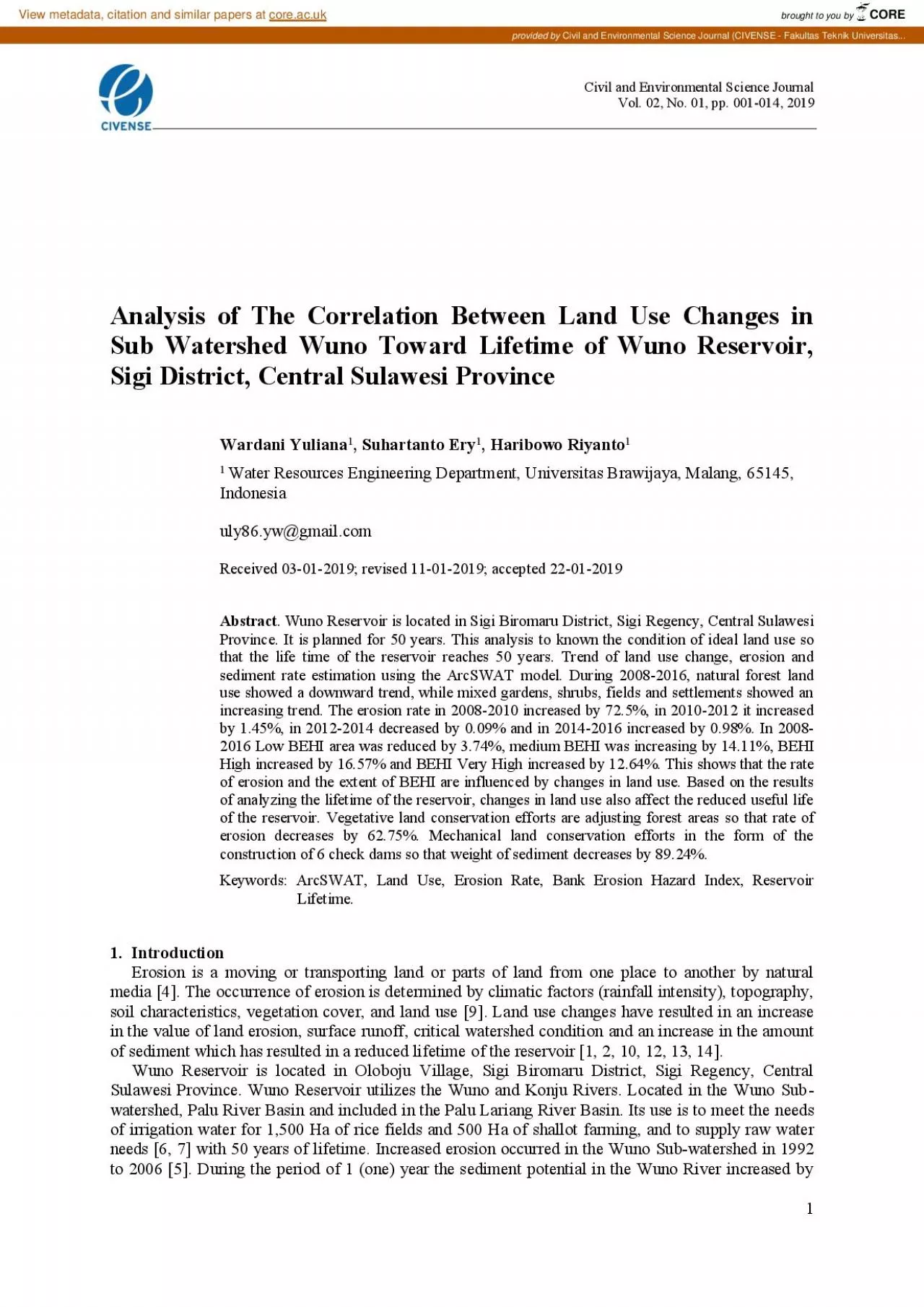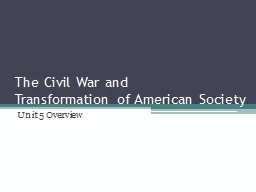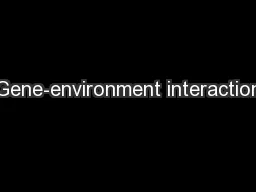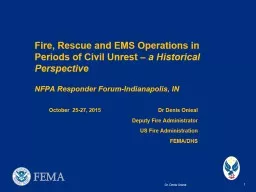PDF-Civil and Environment
Author : mia | Published Date : 2021-08-04
alScience JournalVol 02 No 01 pp 001014 20191Analysis of The Correlation Between Land Use Changes in Sub Watershed Wuno Toward Lifetime of Wuno Reservoir Sigi District
Presentation Embed Code
Download Presentation
Download Presentation The PPT/PDF document "Civil and Environment" is the property of its rightful owner. Permission is granted to download and print the materials on this website for personal, non-commercial use only, and to display it on your personal computer provided you do not modify the materials and that you retain all copyright notices contained in the materials. By downloading content from our website, you accept the terms of this agreement.
Civil and Environment: Transcript
Download Rules Of Document
"Civil and Environment"The content belongs to its owner. You may download and print it for personal use, without modification, and keep all copyright notices. By downloading, you agree to these terms.
Related Documents














